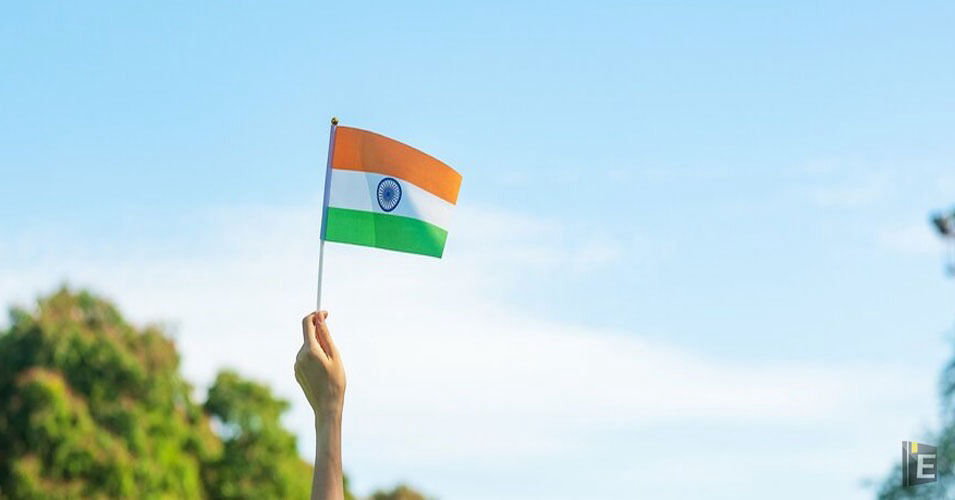Easy Political GK Questions and Answers

What is the basis of classification of governments as unitary and federal?
(A) Relationship between legislature and executive
(B) Relationship between executive and judiciary
(C) Relationship between the Centre and States
(D) Relationship between the legislature, executive and judicial wings of government
Correct Answer : C
Explanation :
Governments are classified as unitary or federal based on the distribution of power between the central and regional authorities. In a unitary system, all power is concentrated in the central government. In federal systems, power is shared between central and regional governments, each having distinct spheres of authority.
The original 1950 Constitution of India is preserved in
(A) President House
(B) Prime Minister House
(C) Parliament House
(D) Archaeological Survey of India
Correct Answer : C
Article 20 of the Indian Constitution is an important fundamental right as it provides protection in relation to convictions for offenses. What protection is not provided to the persons accused of the offense under Article 20:
(A) X-Post Fact Flame
(B) double threat
(C) Prohibition against self-blame
(D) Right to be produced before a magistrate within 24 hours
Correct Answer : D
Explanation :
This article provides protection against arbitrary and excessive punishment against any accused or convicted person, whether a citizen or a foreigner or a legal person of a company or council.
The right to elementary education has been established under Article 21 by the 86th Constitutional Amendment, 2002.
The objective of the welfare state is to:
(A) Ensuring maximum welfare of the maximum number
(B) Managing the welfare of weaker sections
(C) Providing health facilities to all citizens
(D) None of the above
Correct Answer : B
Explanation :
A welfare state is a state that is committed to providing basic economic security for its citizens by protecting them from market risks associated with old age, unemployment, accidents, and sickness.
India is considered a republic mainly because -
(A) The head of the state is elected
(B) He got independence on 15 August 1947
(C) It has its own written constitution
(D) His government is according to the parliamentary system
Correct Answer : A
Explanation :
At present, the total number of sections in the Indian Constitution is
(A) 356
(B) 395
(C) 404
(D) 448
Correct Answer : D
Explanation :
Originally, there were 22 parts and 395 articles in the Constitution of India. As of 2021, there are 25 parts in the Constitution of India with 448 articles.
when is the joint sitting of Lok Sabha and Rajya Sabha held?
(A) never
(B) 10 days after the commencement of the session of Parliament
(C) On the commencement of the session of Parliament
(D) At the end of the Parliament session
Correct Answer : C
Explanation :
A joint session of Parliament is conducted when both Rajya Sabha and Lok Sabha are against a bill that is either already passed or will be passed by the parliament. According to Article 108 of the Indian Constitution, only the President of India can summon the joint sitting of the Parliament.
Under which scheme in the year 1942 it was accepted that an elected Constituent Assembly would be formed in India, which would form a post-war constitution?
(A) Round Table Conference
(B) Cripps Scheme
(C) Constituent Assembly
(D) None of these
Correct Answer : B
Explanation :
Cripps MissionIn March 1942, a mission headed by Stafford Cripps was sent to India with constitutional proposals to seek Indian support for the World War II.
The state possesses
(A) only external sovereignty
(B) only internal sovereignty
(C) both internal and external sovereignty
(D) neither external nor internal sovereignty
Correct Answer : C
Consider the following with reference to the provision of 'Government of India Act, 1935:
1. Establishment of an all-Indian Federation
2. Provincial autonomy, with a Government responsible to an elected legislature
3. Redistribution of provinces and the creation of two new provinces
Which of these were embodied in the Government of India Act, 1935?
(A) 1,2 and 3
(B) 1 and 2
(C) 2 and 3
(D) 1 and 3
Correct Answer : A



